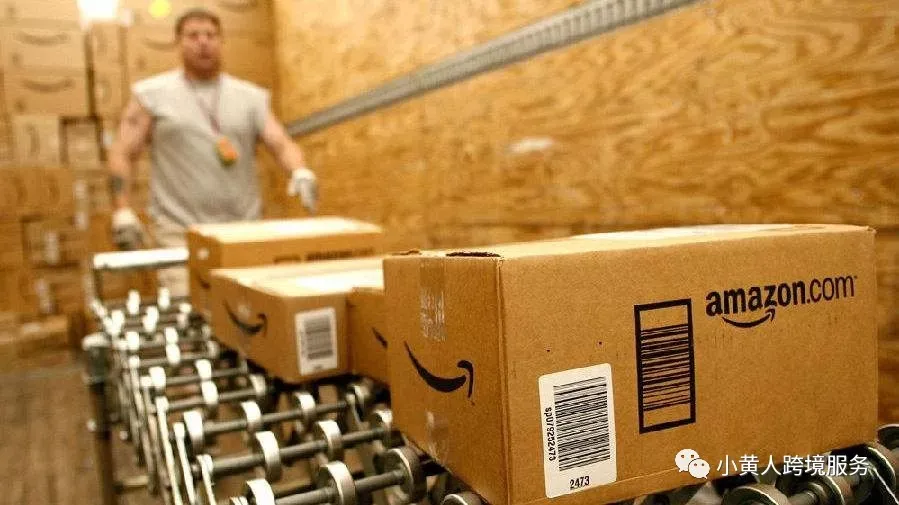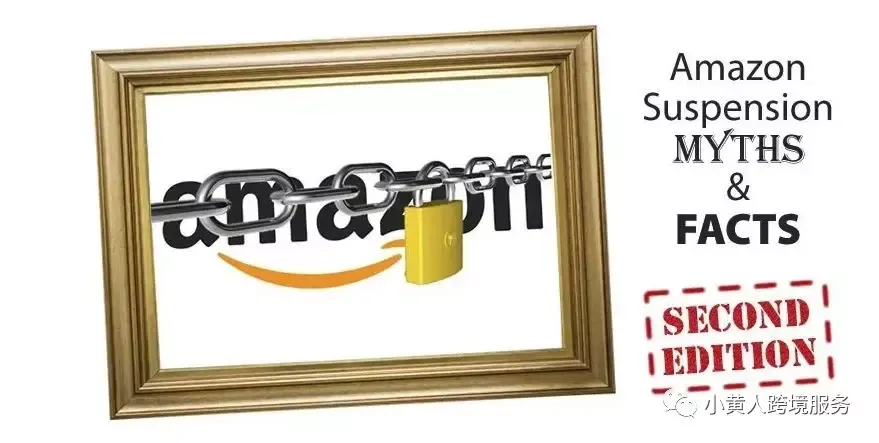巴西经济稳健,出口产品种类繁多。

Amazon account suspensions are still very common, and happen frequently – fact. Either temporarily or permanently, sellers are losing cherished ASINs and seeing their accounts suspended at a rapid clip. It could be due to policy violations, code of conduct violations, suspected bad behavior, or simply having poor metrics.
Given my Seller Performance background at Amazon, I do my best to guide sellers through the root causes of their account suspensions. However, I’m seeing more and more sellers coming to me with misconceptions about suspensions, or posting incorrect advice>I don’t know where these sellers are getting their information from, but it could potentially harm their chances of being reinstated. So, in this post, I will be addressing four common myths to help sellers develop a clearer understanding of the account suspension and reinstatement process.



Myth #1 – Suspensions are easy to reverse if you know the right people inside Amazon


The primary concern of Amazon’s Seller Performance investigators is to reduce, or eliminate, the buyer complaints that Amazon is receiving against your account. They are far less concerned about the commission which their company will lose by removing you from the site.
So, if your Plan of Action is considered less than adequate, you won’t get back data-wpel-link="internal" style="box-sizing: inherit; background-color: transparent; color: rgb(0, 148, 198); text-decoration: none; -webkit-font-smoothing: antialiased; text-size-adjust: 100%;">appeals process.
Does it help to have a connection to a higher-up who can initiate an internal escalation for you? Of course it does, providing they do it the right way and are actually connected to the teams that took action against you.
At the same time, are there loads of VPs, managers, and other executives globally who have internal stature, but no ability to help you whatsoever? Of course there are.
You need to evaluate your internal contacts individually, based>Anyone accumulating item quality complaints is susceptible to an account review, which could, in the course of a manual investigation, lead to an account suspension. Having a high level of annual revenue may not make much of a difference, even if you have an Account Manager.
You may have a manager still connected to your account who no longer has the same role, or their replacement may not be familiar with Policy or Performance team processes. They could get inside intelligence on specific causes, or guidance on what you may need to do next, but don’t expect it to be substantially different from what you already know. There are no shortcuts nor free lunches on Amazon.

Myth #2 – Don’t poke the bear, or Amazon will take you down


Amazon teams are not sitting around twiddling their thumbs, waiting for emails to come in and spark investigations so that they have something to do. If you email them replying to a recent warning, identifying particular solutions to the problem and asking for an account annotation, they won’t spend the rest of their day trying to find ways to take you down. This myth is a gross misconception of how those teams operate. They don’t have time for that.
In the course of investigating your account for a reported violation, prior to sending out a performance notification, they may look around and see other violations or more of the same type. And yes, they may take action>If you’re aware of anything else that could attract account warnings from Amazon, you need to move to correct those shortcomings. If you don’t, the prospect of an investigation looms large every time a reported violation comes in.
Additionally, I’d hope that you’ve corresponded with Amazon teams to get your account annotated with all those wonderful improvements that you’ve initiated. Why? Because you’re not taking a huge risk and flagging yourself when you’ve alerted them to implemented improvements. Your goal in messaging Amazon preemptively is to prevent repeat warnings and show them that you’re taking responsibility for what went wrong.
Amazon’s internal teams review accounts looking for signs of action. If they see a problem but no indication you’ve addressed that problem, all they have to go>The “Pre-POA” concept launched recently, where Amazon asks for a Plan of Action before issuing an account suspension, attests to the fact that Amazon wants you to act, not shy away or stay silent, when gaps or missteps occur. The Pre-POA system represents an attempt by Amazon to help sellers prevent suspensions before they happen, so the last thing you’ll want to do is look away and pray. Hoping for the best by staying off of Amazon’s radar won’t help you if you’re showing up>In Amazon-land, action trumps inaction. If you don’t adhere to this principal you risk appearing as an unserious, or worse still, an oblivious seller.
Myth #3 – Suspensions can be avoided after a warning, if you remove all offending inventory and listings


Ignoring performance notifications by deleting the listings attached to those warnings is a sure-fire way of attracting more trouble. Instead, you must respond, demonstrating that you’ve reviewed past causes of these notifications and explaining the current solutions that you’ve put in place. This should be done using Plan of Action-style correspondence.
At the bare minimum, you should inform them that you’ve investigated the item’s quality both within your inventory and with your supplier. This way, you’ve ensured the item really was “as described” data-wpel-link="internal" style="box-sizing: inherit; background-color: transparent; color: rgb(0, 148, 198); text-decoration: none; -webkit-font-smoothing: antialiased; text-size-adjust: 100%;">invoices to prove authenticity, make sure those invoices are as detailed as possible, save for the pricing information.
When Amazon sees multiple complaints linked to your account within a certain time frame, their standard operating procedure requires them to take action. Every suspension is annotated with details on the complaints that you’ve received, which means you are largely at the mercy of how good the investigative skills are of the person scrutinizing your account. You should always assume they’re going to be good and make your Plan of Action as professional and focused as you possibly can.

Myth #4 – Suspensions only happen if you’re deliberately breaking policies or trying to game the system


Let’s get>definitely happen if you’re caught trying to game Amazon. If you’re seen manipulating product reviews or filing false Notice claims against other sellers then prepare to face suspensions for Code of Conduct violations. Abuse teams are in abundance at Amazon now, and for good reason. Sellers increasingly believe they can get away with things simply because they know someone else who got away with it last month, or last year.
Unfortunately, you can lose your account for many other reasons that have nothing to do with intentionally abusing policies. People list and sell brands that infringe upon intellectual property rights, trademarks, copyrights and, of course, some brands use these Notice claim forms simply to bump you off their listings. Racking up enough of these claims will get your account suspended for sure, as we saw throughout last year.
Amazon also receives safety complaints, which can lead to account reviews and suspensions, after buyers complain of injuries, health hazards, and overall bad experiences with your products. Sadly, some buyers will make these complaints frivolously, simply because they dislike the quality of your items and don’t feel they got value for money.
【特别声明】未经许可同意,任何个人或组织不得复制、转载、或以其他方式使用本公众号内容。转载请联系业务人员,谢谢大家配合!

我们建了一个亚马逊卖家交流群,里面不乏很多大卖家。
现在扫码回复“ 加群 ”,拉你进群。
热门文章
*30分钟更新一次
































